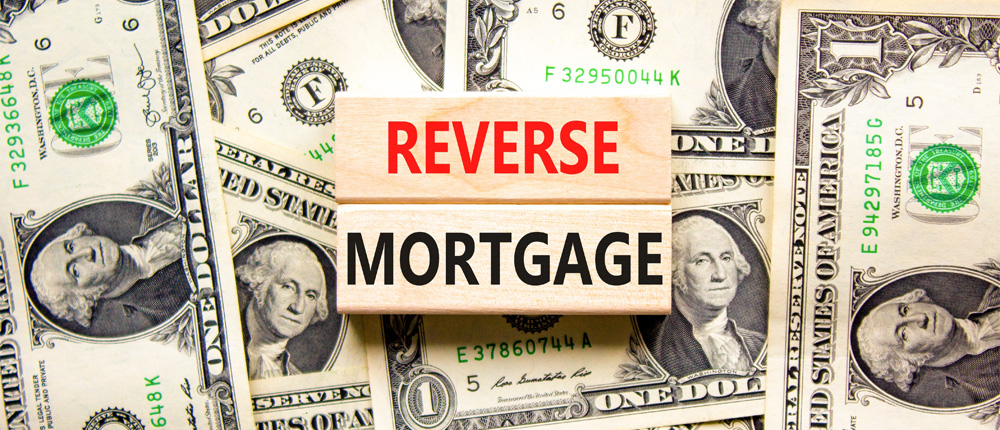
As retirement approaches, many homeowners find themselves house-rich but cash-poor. They’ve built significant equity in their homes but may lack the income or savings to comfortably support their lifestyle. Enter the reverse mortgage—a financial tool that allows older adults to tap into their home equity without having to sell or move. But what exactly is a reverse mortgage, and who does it really benefit?
A reverse mortgage is a type of loan available to homeowners aged 62 and older that allows them to convert part of the equity in their home into cash. Unlike a traditional mortgage where you make monthly payments to the lender, in a reverse mortgage, the lender makes payments to you.
The most common type is the Home Equity Conversion Mortgage (HECM), which is insured by the Federal Housing Administration (FHA). It allows you to receive the money in several ways:
The loan doesn't need to be repaid until the borrower moves out, sells the home, or passes away. At that point, the home is usually sold to pay off the loan, and any remaining equity goes to the borrower or their heirs.
To qualify, the homeowner must:
The amount you can borrow depends on several factors:
The older you are and the more valuable your home, the more you can typically borrow.
Reverse mortgages are not one-size-fits-all, but they can be an excellent solution in specific situations. Here are the types of people who benefit most:
Seniors who are “house rich but cash poor” can greatly benefit from a reverse mortgage. If you have most of your wealth tied up in your home and not enough income to cover living expenses, a reverse mortgage can provide financial relief without forcing you to sell.
Many seniors prefer to stay in their homes as they age. Reverse mortgages allow you to tap your equity while staying put. If maintaining your independence and avoiding downsizing is important, this loan can make that financially possible.
If you don’t have children or aren’t concerned about leaving your home to heirs, a reverse mortgage lets you make the most of your home equity while you’re alive. Since the home is sold to repay the loan after you’re gone, this option is less appealing for those who wish to pass on the property.
Even if you have retirement savings, a reverse mortgage can serve as a backup plan. Using a reverse mortgage as a standby line of credit can help cover unexpected expenses, avoid drawing down investment accounts in a down market, or delay Social Security to increase your monthly benefit later.
While the borrower must be at least 62, recent rules allow a younger non-borrowing spouse to remain in the home after the older spouse passes away, under certain conditions. This makes reverse mortgages more viable for older couples with an age gap.
While reverse mortgages offer flexibility and income, they’re not without downsides:
A reverse mortgage can be a powerful financial tool, but it’s not the right solution for everyone. Here are some signs it might be a good fit:
Before moving forward, it’s essential to consult with a HUD-approved reverse mortgage counselor. This ensures you understand the pros, cons, and obligations that come with the loan.
A reverse mortgage isn’t a silver bullet, but for the right homeowner, it can offer financial flexibility, peace of mind, and the ability to enjoy retirement without selling your home. As with any major financial decision, education and planning are key. If you’re considering a reverse mortgage, take the time to explore your options, consult a professional, and determine whether it aligns with your long-term goals and financial situation.